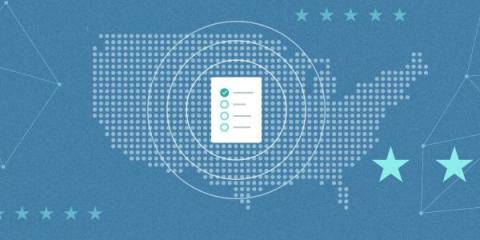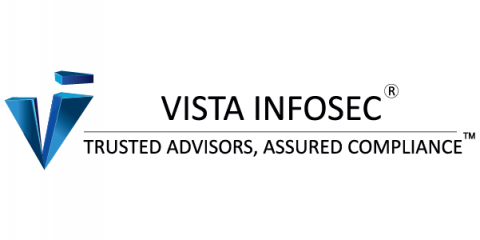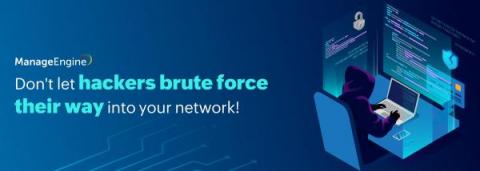Emotet Analysis: New LNKs in the Infection Chain - The Monitor, Issue 20
Kroll has been tracking Emotet since it was first identified in 2014, especially during its transition from a banking Trojan designed to primarily steal credentials and sensitive information to a multi-threat polymorphic downloader for more destructive malware. Today, Emotet operators stand as one of the most prominent initial access brokers, providing cybercriminals with access to organizations for a fee.










